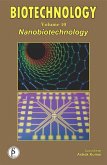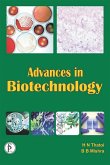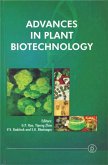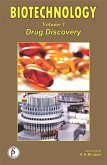Animal Biotechnology is a vibrant field that is touching lives everywhere. This volume on Animal Biotechnology, rightfully donned as the first volume of the 12 volume series on Recent Developments in Biotechnology, is an attempt to showcase the multifarious nature of this discipline, bring forth significant advancements and highlight the contemporary concerns in this field. The volume presents topics from all the sub-disciplines of this field including livestock biotechnology, aqua-biotechnology and insect biotechnology. Looking from another perspective, the reader shall find this volume to also address all the key areas - fundamental and applied, pertinent to the field of biotechnology such as molecular biotechnology and recombinant DNA technology, molecular markers, transgenesis and reproductive biotechnology, food and nutritional biotechnology, cancer biotechnology and immune-biotechnology, healthcare and disease biotechnology, nano biotechnology and industrial biotechnology. The volume goes beyond the conventional animal health and productivity biotechnologies and delves into many topics covering the creation and application of biotechnology-derived animal models for human health.
Dieser Download kann aus rechtlichen Gründen nur mit Rechnungsadresse in A, B, BG, CY, CZ, D, DK, EW, E, FIN, F, GR, HR, H, IRL, I, LT, L, LR, M, NL, PL, P, R, S, SLO, SK ausgeliefert werden.









